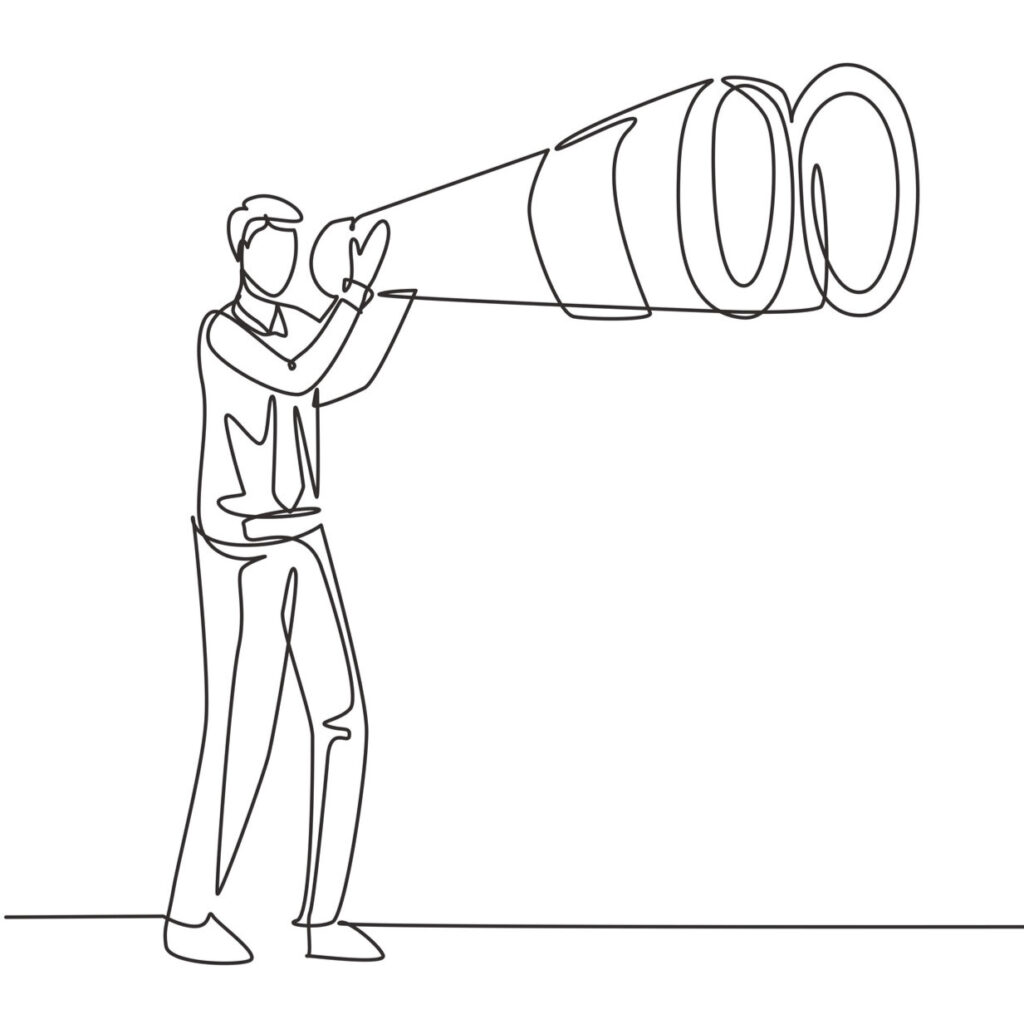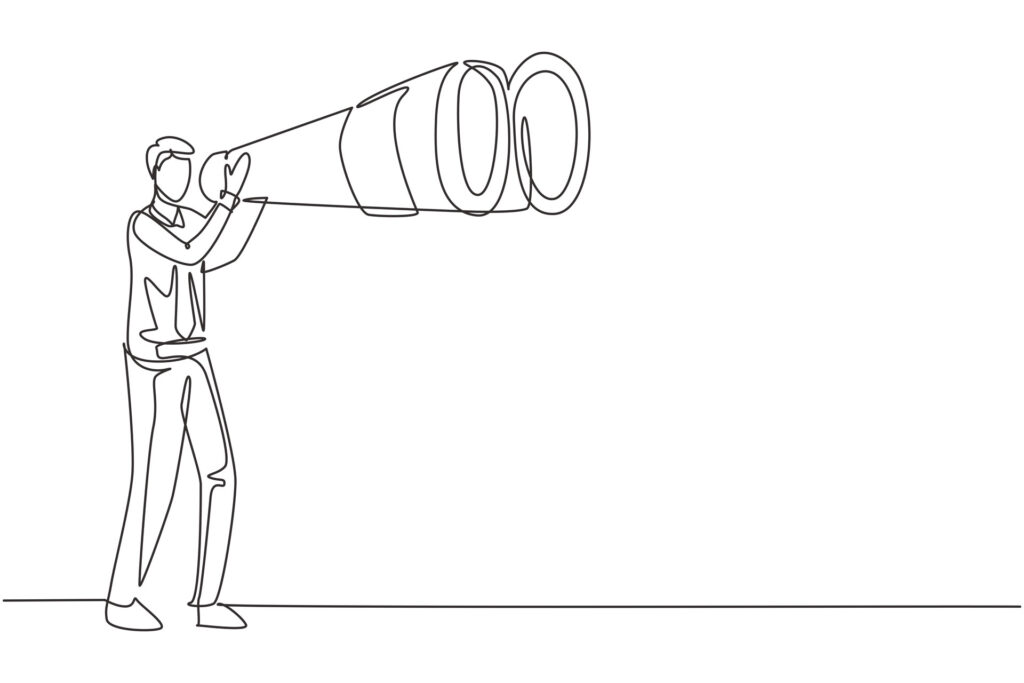The success of a product or service is not dependent only on its usability and function. The situation or “context” in which a product/service is used greatly affects its viability, target demographic, and future iterations. Consider a music app. The features a user desires may vary greatly depending on if they use it while working out, on their commute, or to unwind before bed. Ignoring context when designing, delivering, or innovating a product/service will make it harder to meet a user’s true needs. In that case, how can we accurately capture and understand the contextual background?
“To truly understand the meaning behind an action, one must grasp it from within its particular context.”

This is a condensed summary of the conclusion reached by Max Weber (1864-1920), an expert sociologist who laid the groundwork for its modern practice through his efforts in conceptualizing rationalization. He advocated for the concept of Verstehen, a German term referring to uncovering and understanding the meanings and motivations behind human behavior within context.
This is a condensed summary of the conclusion reached by Max Weber (1864-1920), an expert sociologist who laid the groundwork for its modern practice through his efforts in conceptualizing rationalization. He advocated for the concept of Verstehen, a German term referring to uncovering and understanding the meanings and motivations behind human behavior within context.
In this article, we will introduce and discuss in depth the UX research method for discovering and exploring contextual user behavior and user needs via Contextual Inquiry.

Contextual Inquiry at a Glance
The characteristics of this research methodology can be summarized as follows:
- Observation in a Real Environment: The researcher is in the user’s “home field” and observes the user performing the task.
- Master and Apprentice Model: The user (master) shares with the researcher (apprentice) their experience and knowledge of the actual task’s execution.
- Deep Understanding through Dialogue: The researcher observes the process of task execution and inquires about unclear or questionable aspects.
- Insights into Actual Behavior and Decision-Making: The researcher gains deeper information about the meaning, motivations, and emotions behind user behavior.
Let’s take a look at why this approach is so effective.
Much Behavior is Unconscious Behavior
In-depth interviews and group interviews are widely used as effective methods for understanding users’ use of products and services and their needs. These methods allow us to directly obtain users’ opinions and feelings, and this information is very useful for improving products and services.
However, we humans perform many of our daily actions unconsciously. These include the daily routines that we perform without thinking (waking up in the morning to brush our teeth, making a cup of coffee, locking the door when leaving the house, etc.) and the specific actions we take when using a particular product. These daily routines and familiar behaviors are often performed without premeditation or deep internal thought, and it is difficult to accurately describe in words the intentions and feelings behind them. Thus, in a normal interview, it is difficult to ask a subject about unconscious behaviors and habits in a normal interview. Very few are able to accurately explain why they behave the way they do.
Actions Can Speak Louder than Words
Observation in the actual usage environment (i.e., within the context of users performing specific tasks) is key to understanding the reasons behind a user’s actions and choices. By questioning users while they are immersed in performing the actual task, they can explain specifically what they are doing and why, based on the context and emotions of the situation.

In this approach, the user directly demonstrates the process of the task, and the researcher carefully observes both what they say and what they do. The researcher can ask questions on the fly regarding any unclear points. This interactive exchange is reminiscent of the traditional relationship between “master and apprentice,” with the user acting as expert in the field of themselves, teaching the student researcher about their experiences and knowledge.

Observation in the actual usage environment (i.e., within the context of users performing specific tasks) is key to understanding the reasons behind a user’s actions and choices. By questioning users while they are immersed in performing the actual task, they can explain specifically what they are doing and why, based on the context and emotions of the situation.
In this approach, the user directly demonstrates the process of the task, and the researcher carefully observes both what they say and what they do. The researcher can ask questions on the fly regarding any unclear points. This interactive exchange is reminiscent of the traditional relationship between “master and apprentice,” with the user acting as expert in the field of themselves, teaching the student researcher about their experiences and knowledge.
The greatest advantage of employing this approach is the ability to obtain deeper information about the motivations, thoughts, and feelings behind the user’s actions. It can also identify problems and issues that arise only in the actual use environment, which cannot be captured in a controlled environment. A further merit of this method is its ability to also reveal unexpected findings and details that are so routine, they’re often overlooked, leading to the discovery of new hypotheses.
Implementing Contextual Inquiry
The key to success in conducting contextual inquiry is striking a balance between advanced preparation (the script) and on-site flexibility (the improv).
- Prepare an Interview Guide: As with any interview, an interview guide should be prepared in advance. This guide will serve as a framework and reference point for the survey and keep the fieldwork on track.
- Leave Room for Variety: In the world of research, flexibility is required to respond immediately to user behavior and reactions. The guide is only a reference; the quality of the research depends greatly on the ability to adapt the approach to the situation on the ground as well as the user’s reactions in-time.
- Value Active Listening: When accepting feedback from users, it is important to use active listening techniques to elicit deeper, hidden needs and concerns.
Ultimately, you should not rely completely on an interview guide, but rather use it as a sort of launchpad for exploration into the true user experience and needs through real-time interaction with the user in front of you.
In Conclusion
Contextual Inquiry is a method developed by Holtzblatt and Beyer in the 1980s with its origins rooted in the concept of Verstehen proposed by Max Weber. Weber advocated objective understanding through observation of the patterns in people’s behavior and subsequent actions, eliminating any preconceived notions or biases. From this perspective, Contextual Inquiry can be said to be a concrete method to put Weber’s theory into practice. Through incorporating interviews and questions in the field, a more detailed approach for understanding user behavior can be achieved. By effectively utilizing this research methodology, products and services can meet the real needs and expectations of users, resulting in an overall better user experience.
We at Uism can support the implementation of Contextual Inquiry in its entirety, from conducting fieldwork to analyzing data. Our experienced team is committed to providing the best solution for your business needs. Feel free to contact us for a quote, consultation, or anything regarding the world of UX research.

